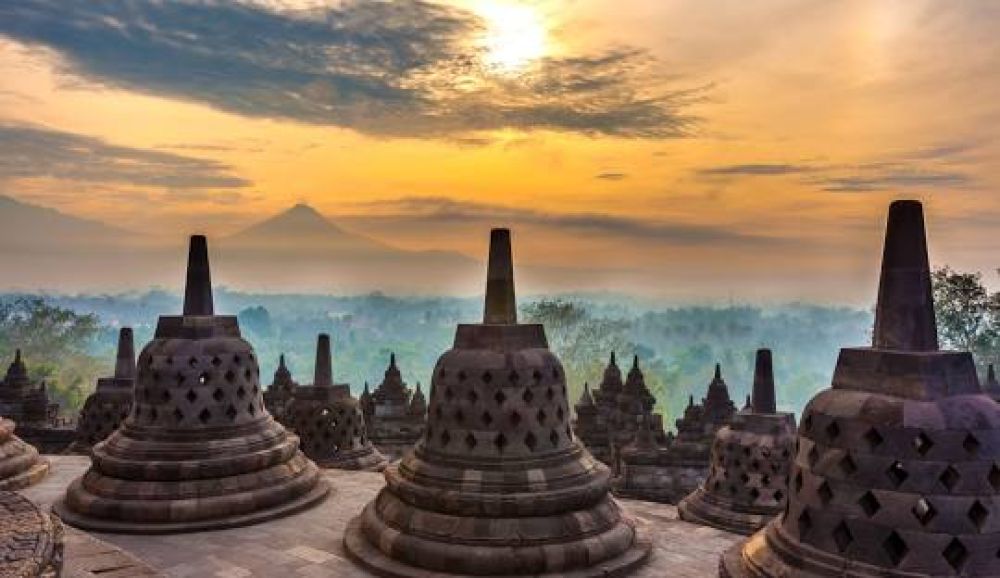

The city of Yogyakarta, often affectionally called Jogja, is one of Indonesia's most renowned cultural hubs, boasting a rich history and a plethora of historical landmarks. It has been a focal point for tourism in Indonesia for many years. The region’s history with tourism can be traced back to the 19th century when it began to draw the interest of colonialists and scholars due to its unique cultural and historical significance.
Tourism in Yogyakarta has its roots in the colonial period when the Dutch East Indies government promoted the area's temples and palaces as must-see destinations for foreign visitors. The discovery of the Borobudur and Prambanan temples in the 19th century played a significant role in this, as these major archaeological finds attracted scholars and tourists from around the world. The subsequent restoration efforts increased interest in Yogyakarta’s historical significance and cultural heritage.
After Indonesia's independence, Yogyakarta continued to prosper as a destination for both domestic and international tourists. It was recognized not just for its historical and archaeological sites, but also for its artistic communities, traditional crafts, and vibrant street life. The Indonesian government and the local sultanate recognized the potential of tourism and took steps to promote Yogyakarta by preserving its cultural heritage and developing infrastructure to support visitors.
During the late 20th century, the concept of cultural tourism began to take hold. Tourists were not only interested in visiting the temples but also in experiencing the local culture. Yogyakarta’s offering of traditional dance performances, like the Ramayana ballet, Javanese shadow puppet shows, and gamelan music concerts, made the city a cultural tourism hotspot. Additionally, educational tourism grew with people coming to learn traditional Javanese arts, crafts, and cooking.
In the early 21st century, a series of natural disasters and political events challenged the tourism industry in Indonesia. The 2006 Yogyakarta earthquake significantly damaged the region, but importantly, it showcased the resilience of the city as restoration and recovery efforts were quick and effective. Tourism rebounded as the city repaired its monuments and reassured visitors of its safety and enduring attractions.
Today, Yogyakarta’s tourism sector is more vibrant than ever, embracing both its historical roots and contemporary culture. Visitors are attracted not only to the ancient sites but also to the modern art galleries, local cuisine, and the tranquil rural landscapes surrounding the city. Moreover, with the rise of digital platforms and social media, Yogyakarta has become an influential player in the global tourism market, attracting a new generation of travelers seeking authentic experiences and cultural immersion.
Eco-tourism and sustainable travel have become significant trends, with travelers seeking out eco-friendly accommodations and activities that give back to the local community. The rise of culinary tourism is also prominent, with food tours and cooking classes offering deep dives into Javanese cuisine. Additionally, adventure tourism is on the rise, with options ranging from volcano trekking to exploring the limestone caves around the city.
In summary, the history of tourism in Yogyakarta reflects the city's enduring appeal as a center of Javanese culture, art, and history. With each challenge it has faced, Yogyakarta has adapted and evolved, ensuring that it remains a beloved and dynamic destination for tourists from around the world.